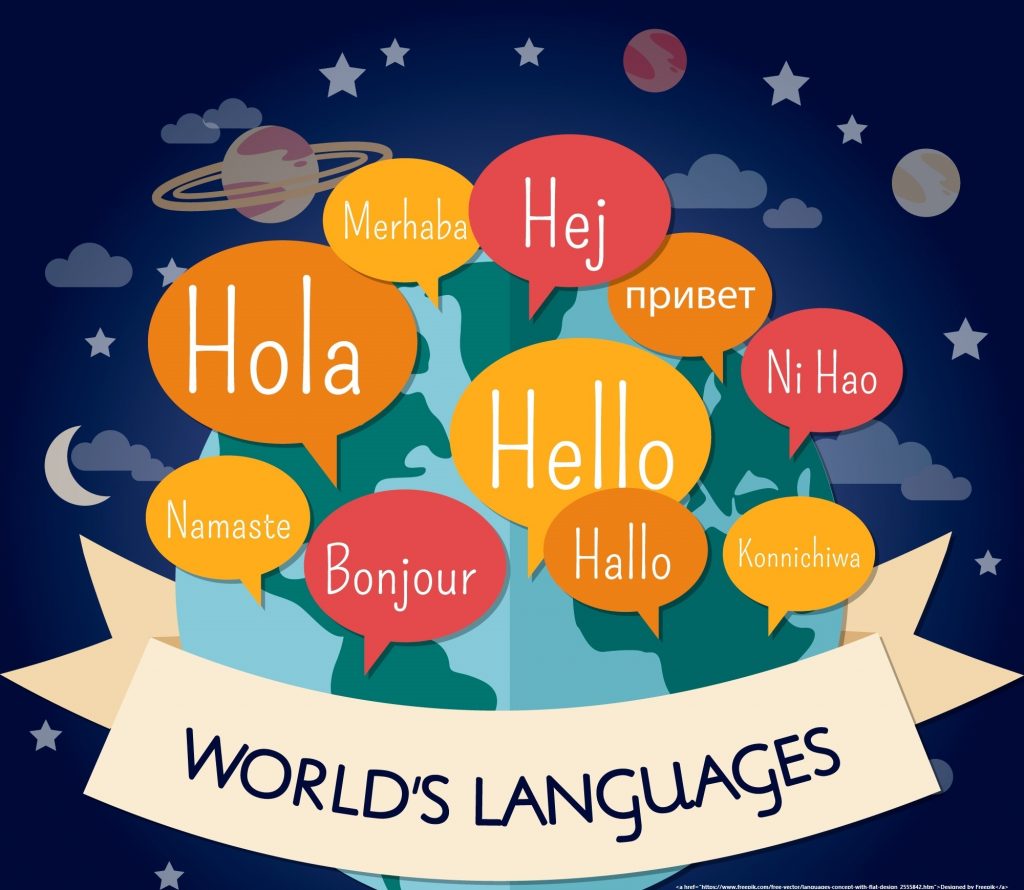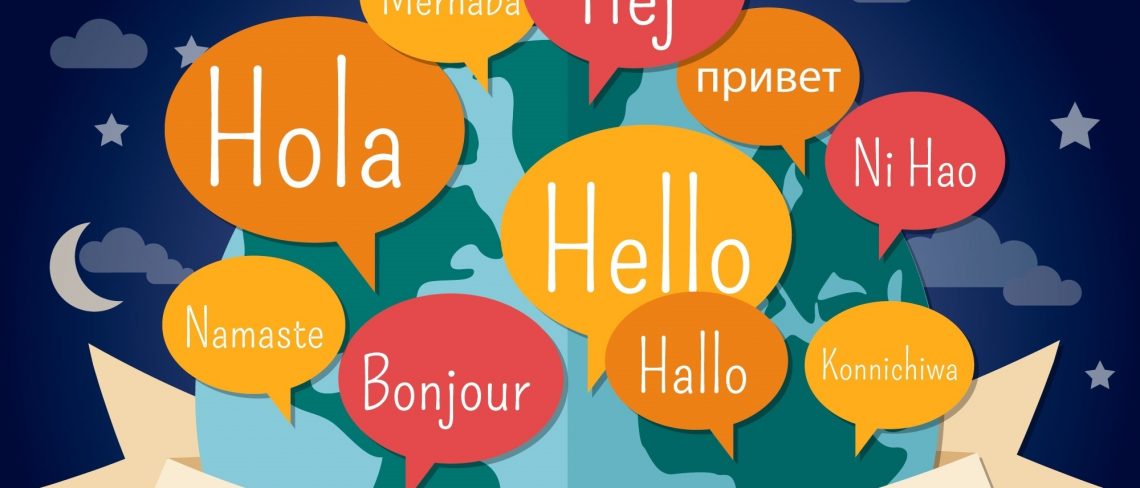
In today’s world, every company has a multinational presence with business interests in many countries around the globe. Effective learning & language strategy in employee training is very important factor for a company to achieve its goals. The most common language used in business communication is English and it is also the language used for education in most of the countries. Ironically, though English is most common language, only about 20%
of world’s population speak english and from this 20%, about 5% boast English as their mother-tongue or native/first language while the other 15% are trained in English as their second language.
Preferred Language for business
Since English is the most preferred language for business dealings, employees are widely trained with English as primary language of training. Because of this, many LMS companies and online course authors have created their product offerings to cater to English-speaking audience. However, in order to capitalize on opportunities and conduct business, companies need to have a skilled workforce that is trained in local language, culture and practices. Training in local language is also required to in order to build a cohesive and efficient team that can deliver company’s goals in local market.
Importance of having a language strategy for business
Many corporations today realize that language strategy is extremely important and critical for global talent management to not only expand their business but also to enhance employee morale, retention and efficiency. Corporations are creating plans to adopt an all-encompassing strategy that factors in language considerations in
hiring, training, assessment and management of global teams.
There are 2 main considerations in order to adopt a language strategy:
- 1) LMS Platform – Talent and Learning Management System that is multilingual with support for right-to-left language like Arabic, is important.
- 2) Training content & courses – Having a LMS platform that supports multilingual content alone is not sufficient. Content also needs to be in multiple languages. Content needs to be tailored for target audience so that it is customized to cater to local market needs and regulations. This can be achieved easily with automated translation tools. There are many AI-based language translation tools that are available which can be used to convert course content into different languages.
By implementing a LMS platform that is multilingual with support for AI-based language translation tool, it is possible for corporations to transcend cross-border limitations and impart training in a language that the employees can connect with and learn. A skilled workforce, that is well-trained and equipped with knowledge required to deliver a job efficiently, is the most important asset in any organization. Engaging content curators to create highly engaging content in different languages and hosting it in a LMS platform that supports learning in a language that a learner can understand will transform the learning environment in any organization.
Maventra LMSplatform supports multilingual training and will soon release an automated language translation tool that works with its inbuilt content-authoring CMS. The software also comes with many other features like SCORM/xAPI/LTI support, assessment, social, virtual classroom, video editing, gamification and eCommerce capabilities and Job Recruiting.
